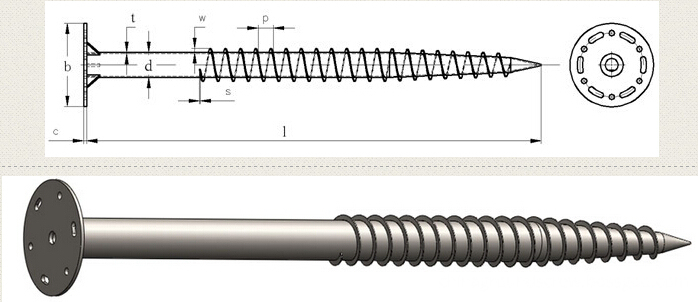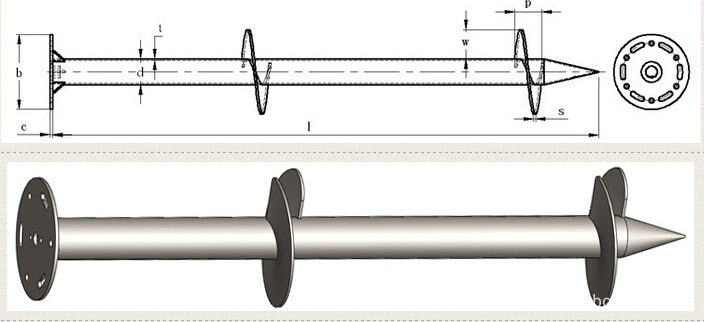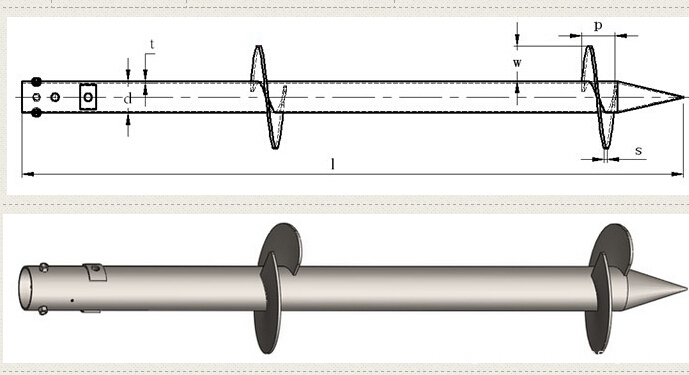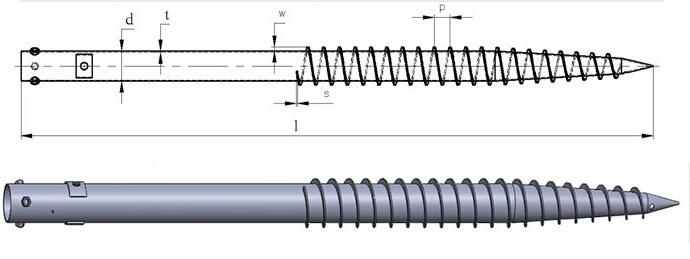The selection of low-voltage switchgear mainly involves technical parameters, actual use requirements, selection of electrical components, and total investment price control. Choosing a low-voltage switchgear requires us to have a comprehensive understanding of the low-voltage switch performance indicators, structural characteristics, and the specific wiring form of the system, and then select according to different cabinet characteristics.
All manufactured products of the low-voltage switchgear must meet the 3C certification requirements, so as to ensure the consistency of product quality.
Cabinet structure selection: The cabinet structure must be closely related to the environmental conditions, installation methods, operation requirements, etc.
Environmental conditions and protection level requirements: For environments with more dust or humidity, consider the use of high-protection switchgear, such as IP42, IP54, etc. when selecting. For high temperature environmental conditions or high protection level, all current-carrying components in the low-voltage switchgear need to consider the reduction of the current-carrying capacity due to the deterioration of the heat-dissipation conditions, that is, the derating factor should be considered and the cross-sectional area of ​​the busbar should be increased. Increase the current rating of the frame of the electrical component.
In addition, when the installation altitude is greater than 2000 meters, the derating factor should be considered.
Selection of horizontal busbars and low-voltage incoming circuit breakers: The choice of horizontal busbar specifications is related to many aspects. The main aspects considered are: ambient temperature, ventilation of the switchgear (protection level), and maximum short-circuit capacity of the power supply access point. And short-circuit impedance, maximum load current, normal load current, arrangement of horizontal busbars, and investment restrictions.
The specific specifications of the horizontal busbar need to refer to the specific low-voltage switchgear busbar layout, the use of environmental conditions and other factors, with reference to the relevant technical parameters of the switchgear.
Cabinet structure and electrification protection requirements: In order to protect the personal safety of operation and maintenance personnel, when selecting a low-voltage switchgear, it is necessary to fully understand the protection methods of live parts. There are several ways to choose. Door opening operation, no live protection, the upper end of the circuit breaker with the busbar with protective plate; the single-layer door directly protrudes the circuit breaker operating handle to the outside of the cabinet door; the double-layer door directly protrudes the circuit breaker operating handle Outside the door; the circuit breaker operating handle is directly installed on the door of the cabinet, and the outside of the cabinet is operated; the fixed partitioning cabinet is used, the horizontal busbar room is separated from the unit, and the unit and the unit are isolated and protected; the drawer cabinet, the unit and the busbar room and the connecting terminal are used. Completely isolated for maximum operational protection.
Anti-corrosion requirements for the surface of the cabinet: The service life of the low-voltage switchgear is more than 30 years. For places with relatively high humidity, the metal structure and the cabinet with high anti-corrosion strength of the door panel should be selected.
Metal structural parts are usually made of steel plate, and the surface treatment methods include: electro-galvanizing, spray-molding, galvanized steel, aluminum-zinc-coated enamel, etc., which can be selected according to actual requirements.
Selection of electrical components: Electrical components account for a large proportion of the price of low-voltage switchgear. When purchasing, consider brand components with perfect sales service system and high service quality.
For low-voltage switchgear with special conditions of use, when selecting electrical components, verify the suitability of the components and whether the relevant technical parameters meet the requirements for use.
System wiring selection: At this stage, the wiring methods used by domestic products are TN-S, TN-C, TN-CS, IT, etc., of which TN-S is the most. The TN system is a three-phase four-wire system that is directly grounded to the neutral point. The IT system is neutral or ungrounded through a high impedance. Can be selected according to actual use requirements.
Solar Energy Mounting Ground Screw Pile
Solar Energy Mounting Ground Screw Pile with N series and F series mainly .N Series Ground Screw with 3pcs,4pcs or 6pcs nut and reinforced plate to assemble ,F Series Ground Screw with flange to assemble solar brackets .
There are two kinds of N series Ground Screw mainly ,with 1 or 2 or 3pcs big blade ,and with Nuts and reinforced plates,another kind of ground screw with continuous small blades .F series ground screw with round,hexagon ,triangle or square flanges .with big blade or continuous blade .
Ground Screw Pile for solar energy mounting system with many advantage : no-digging,no waste time ,lower cost,protect environment,easy install .



Solar Energy Mounting Ground Screw System,Ground Screw Pile Foundation for Solar,10Kw PV Panel Mounting System,Ground Screw Solar Rack System
BAODING JIMAOTONG IMPORT AND EXPORT CO., LTD , https://www.chinagroundscrew.com